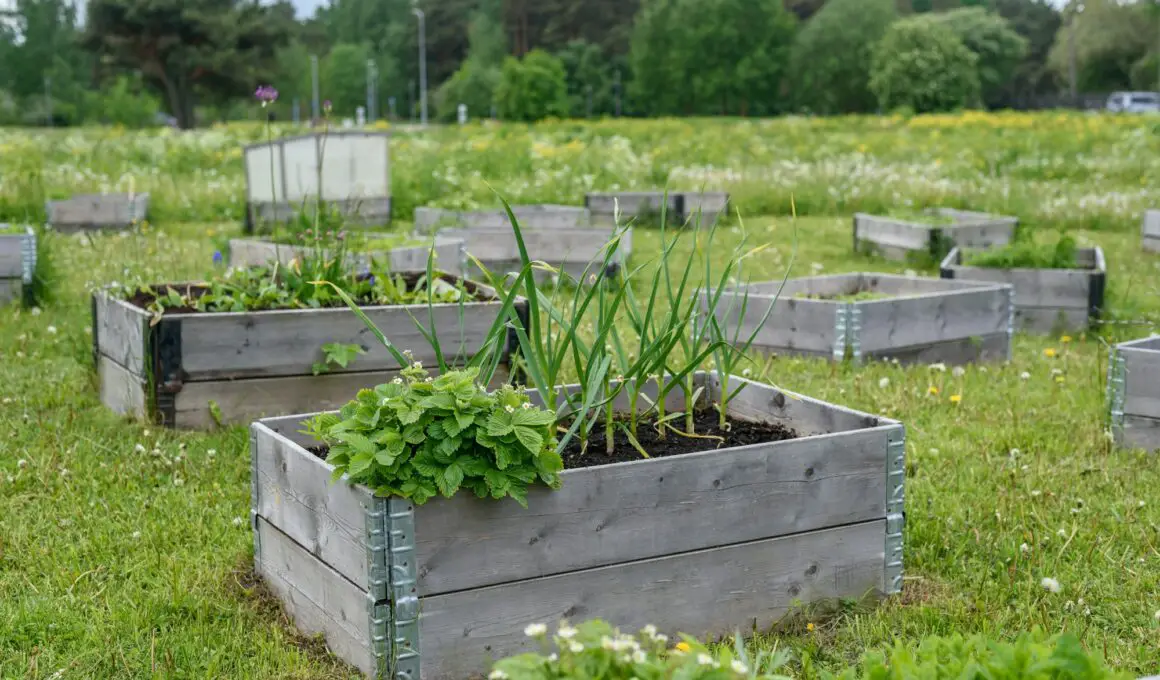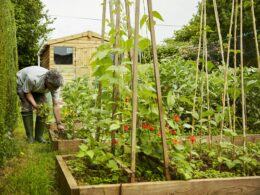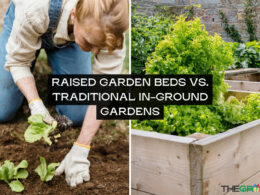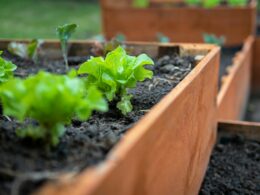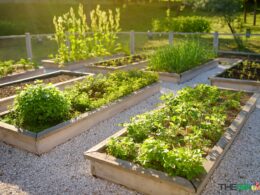In This Article Show
For those new to the concept, raised garden beds consist of elevated sections of soil, typically enclosed by wood, stone, or other durable materials. These beds are not only practical for growing a variety of plants but are also a boon for those looking to optimize their gardening efforts in limited spaces.
In this article, we’ll cover 11 key benefits of using raised garden beds. Whether you’re a seasoned gardener or just starting, understanding these advantages can help you make informed decisions and potentially transform your gardening practice for the better. Let’s get into the details and see how raised garden beds can be a valuable addition to your gardening setup.
The Benefits of Raised Garden Beds
Let’s explore the advantages of raised garden beds, a choice that’s becoming increasingly popular among gardening enthusiasts.
1. Improved Soil Conditions
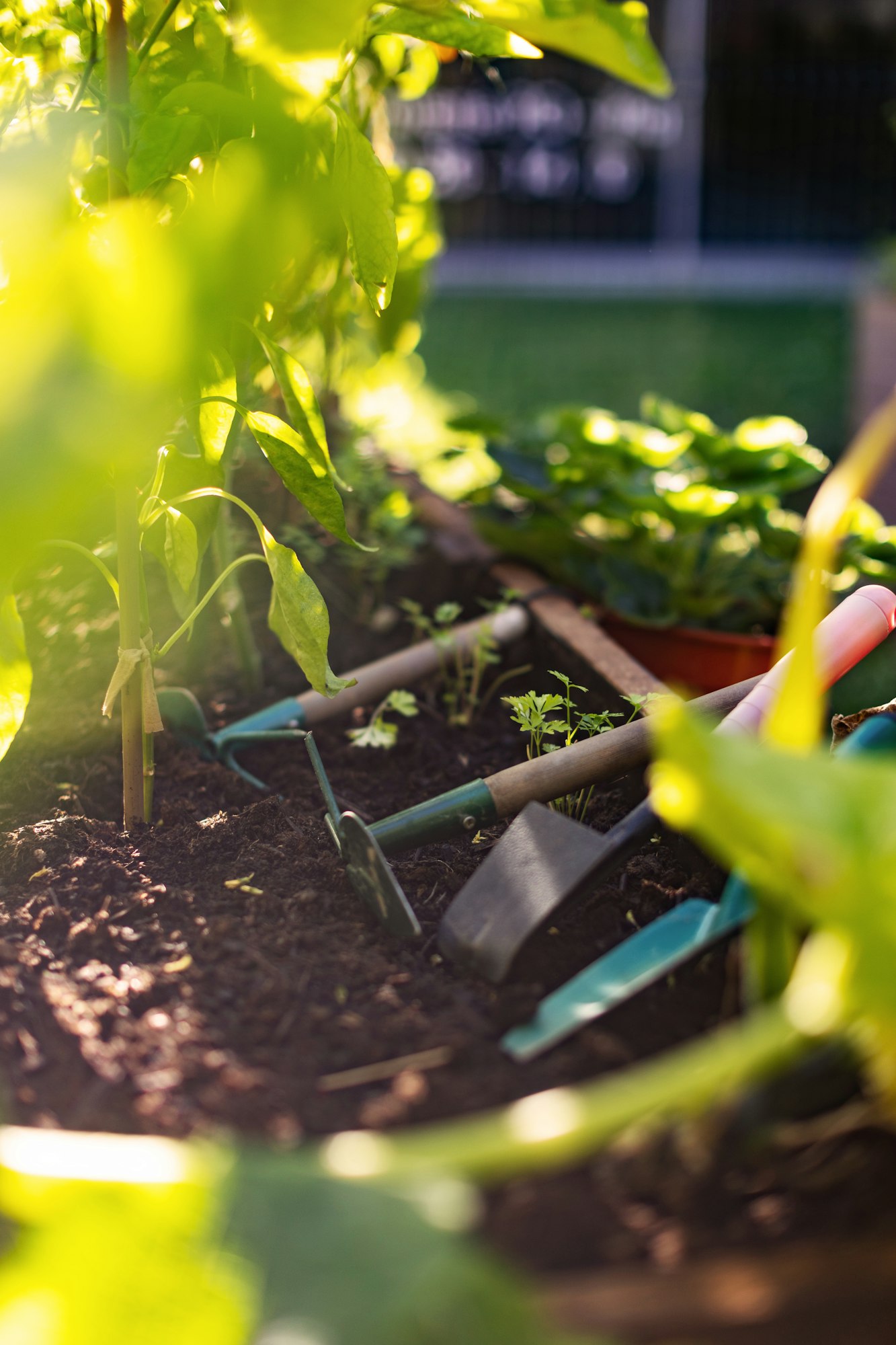
Raised garden beds offer unparalleled control over the soil in your garden. By choosing what soil and compost mix goes into your beds, you can create the perfect environment for your plants to thrive. This customization is especially beneficial if the natural ground is rocky or clay-heavy, allowing for healthier root growth and better plant health overall.
2. Enhanced Drainage
One of the significant advantages of raised garden beds is enhanced drainage. The elevated structure prevents water from pooling around plant roots, which can lead to root rot and other water-related issues. This setup ensures that excess water drains away effectively, keeping the soil at an optimal moisture level for plant growth.
3. Easier Weed Control
The contained space of raised beds simplifies weed management significantly. With a more controlled area, it’s easier to spot and remove weeds as they appear. Additionally, the height of raised beds can discourage some ground-dwelling weeds from taking root, making your gardening experience less labor-intensive.
Get Gardening For Beginners
Our new EBOOK shows newcomers and green thumbs alike a step by step guide to growing the garden of their dreams.
4. More Accessibility
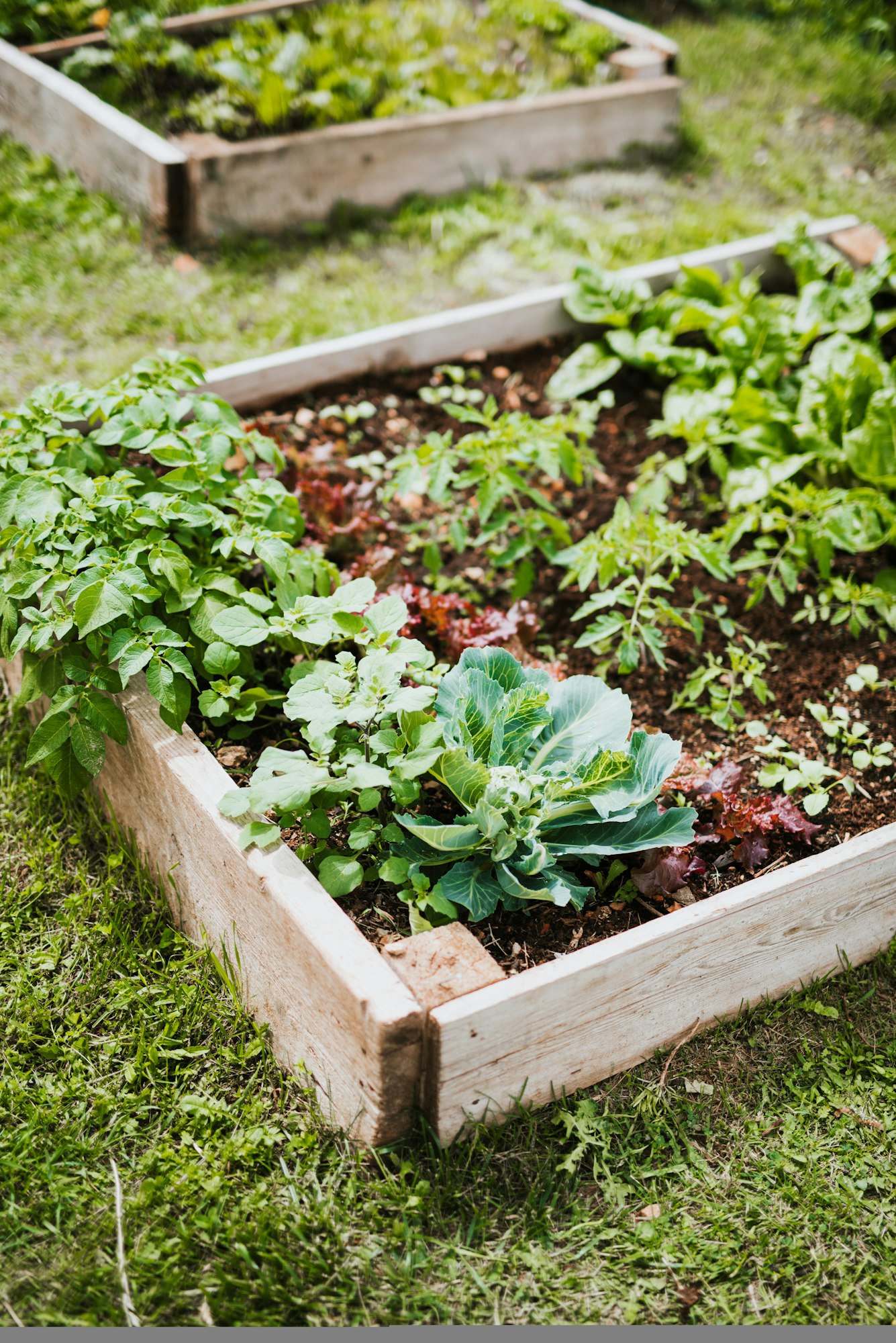
Raised beds can be designed at varying heights, making gardening accessible to everyone, including those with mobility issues or those who find bending and kneeling difficult. This inclusivity ensures gardening is a pleasure, not a chore, for people from all walks of life.
5. Extended Growing Season
The soil in raised beds tends to warm up more quickly in the spring, which can extend your growing season by several weeks. This warmer environment allows you to plant earlier and enjoy the fruits of your labor sooner than with traditional garden setups.
6. Higher Yields
Thanks to the ability to densely pack plants into raised beds, you can grow more in a smaller area compared to traditional row gardening. This intensive planting method not only maximizes space but can significantly increase your garden’s productivity, providing more yield per square foot.
7. Pest Control

Raised garden beds are advantageous in managing pests. Their elevation makes it harder for various critters to reach your plants. Furthermore, installing barriers around or beneath the beds can be done more efficiently, offering additional protection against burrowing pests and insects.
8. Aesthetic Appeal
Aside from their practical benefits, raised garden beds can greatly enhance the visual appeal of your garden. They bring a clean, organized look, allowing you to create a more aesthetically pleasing and structured garden space.
9. Reduced Soil Compaction
The design of raised beds prevents soil compaction because you don’t need to walk on the soil you plant in. This helps maintain a loose and airy soil structure which is crucial for the optimal growth of plant roots and beneficial microorganisms.
10. Efficient Use of Space
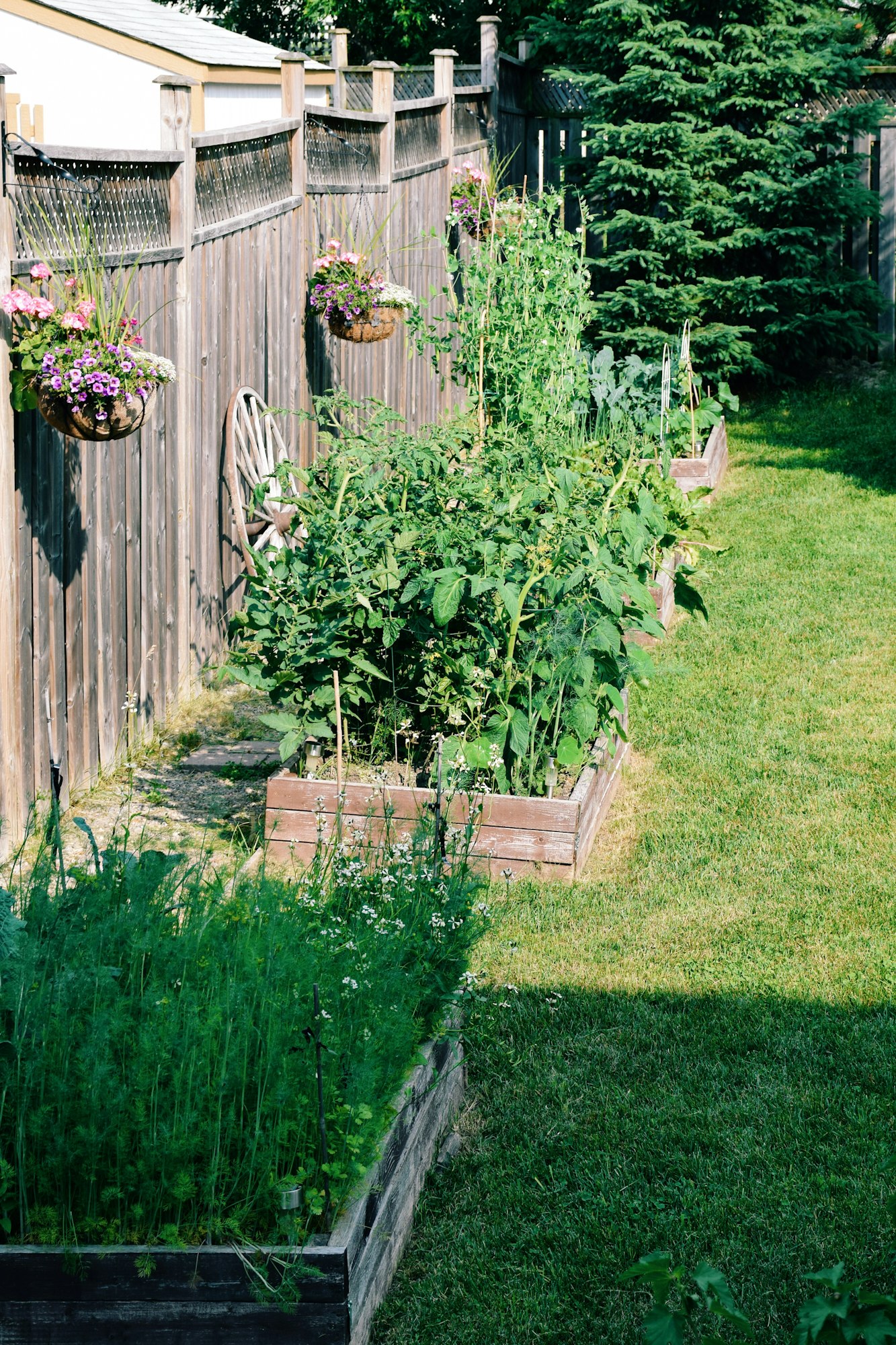
Particularly in urban settings where space is at a premium, raised beds can provide a compact, highly efficient gardening solution. They help organize and maximize growing areas, making them ideal for balconies, patios, or small backyards.
Get Gardening For Beginners
Our new EBOOK shows newcomers and green thumbs alike a step by step guide to growing the garden of their dreams.
11. Environmental Benefits
Raised garden beds support sustainable gardening practices. They often require fewer chemical fertilizers and pesticides, thanks to better pest control and soil conditions. Moreover, the efficient use of water and resources aligns with eco-friendly gardening by minimizing waste and runoff.





